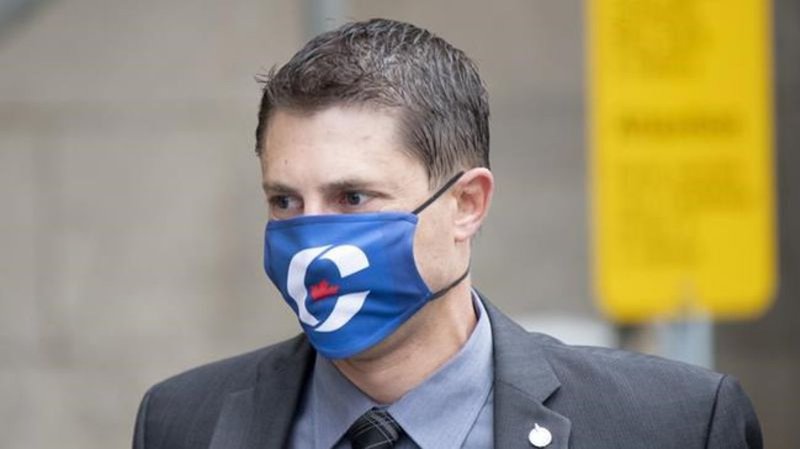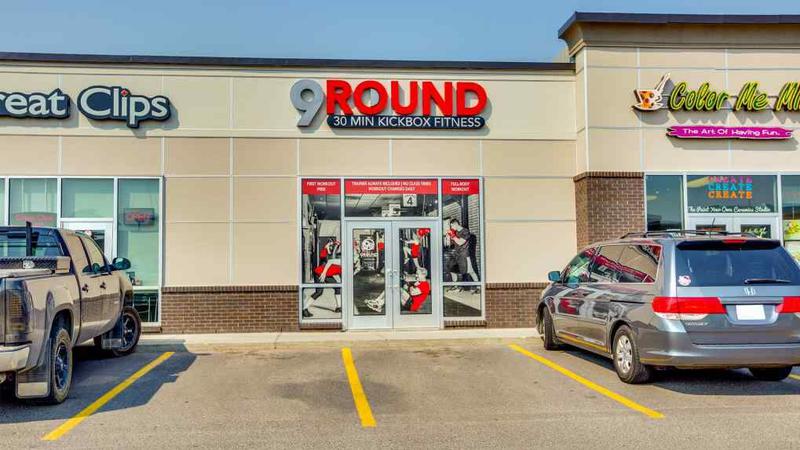
‘A classic suburban riding’: Regina-Wascana riding a Canadian microcosm
You may think you’ve never been to Regina-Wascana. But in a way, you probably have.
“It’s a classic suburban riding,” said Jim Farney, a University of Regina political scientist who lives in the area.
“Some parts are pretty low-income and some parts are pretty affluent. There’s a mix of students and academics. There’s a classic blue-collar neighbourhood.”
It spreads from the main drag of Albert Street out to the eastern fringes of the city, bordered on the north by the Canadian Pacific Railway tracks and the south by tabletop flatlands.


